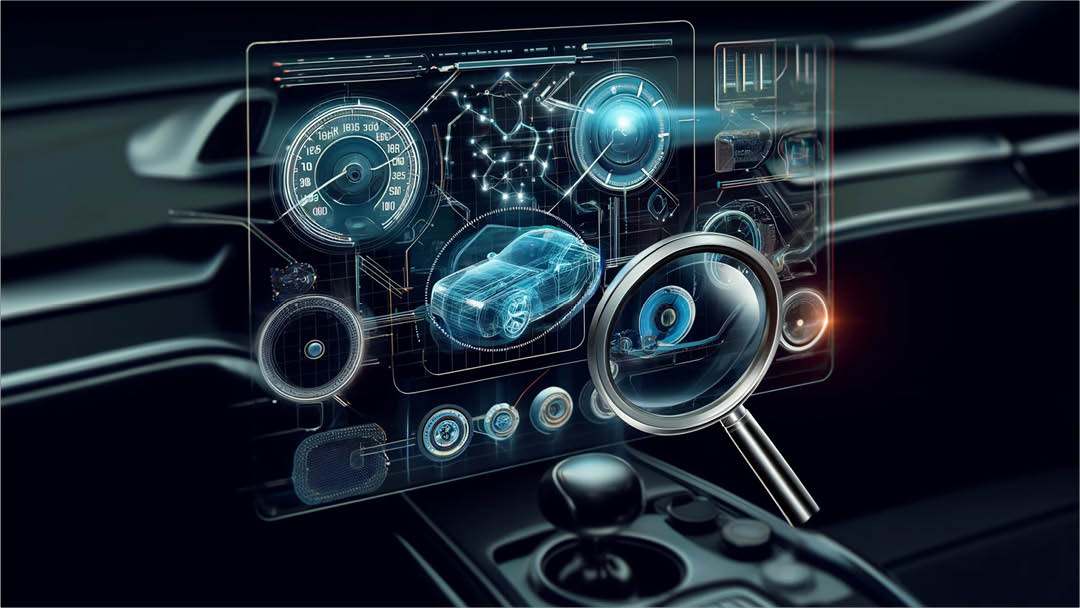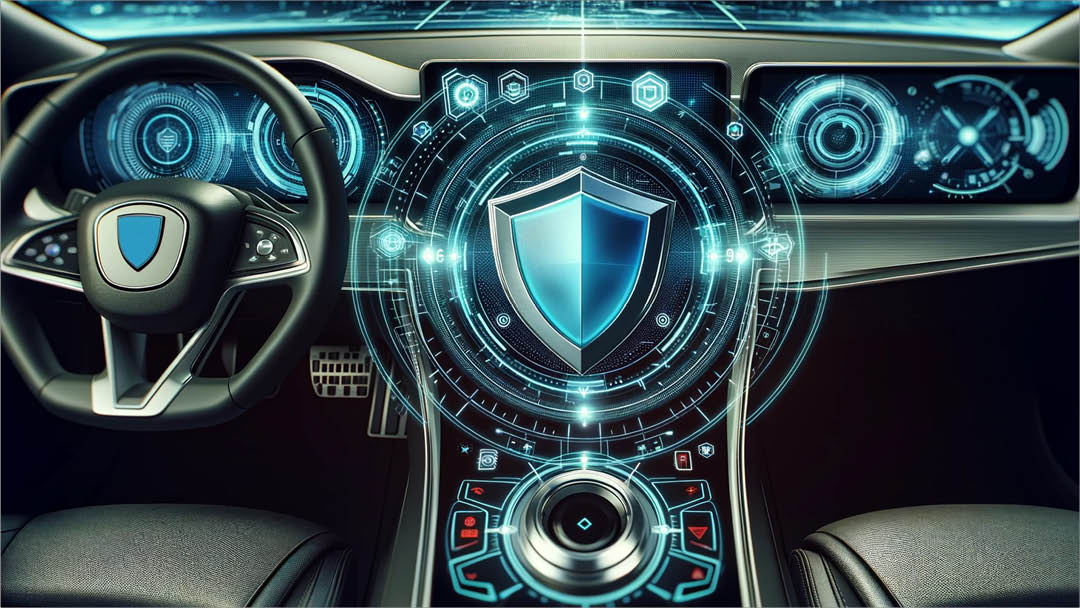In Brief
- Rust’s groundbreaking focus on memory safety and data race prevention is revolutionizing system software development.
- Rust offers C++ level performance without sacrificing security.
- Major technology companies such as Google, Microsoft, and Amazon are progressively integrating Rust into their critical systems.
- Acsia is spearheading Rust adoption in the automotive sector, building more secure and performant vehicular software.
The automotive industry is undergoing a profound transformation, with software rapidly becoming the defining factor in vehicle design. However, this increasing complexity introduces potential risks. Traditional programming languages like C and C++, while powerful, are notorious for vulnerabilities like memory corruption and data races. These hidden flaws can lead to costly malfunctions, security breaches, and even safety hazards in automotive systems.
Enter Rust: A Game-Changer for Software Safety
Rust, a modern systems programming language designed for safety and speed, offers a compelling solution to these challenges. Its core strength lies in the compiler’s ability to rigorously enforce memory safety and prevent data races. This means that many of the most common and dangerous software errors are simply impossible to write in Rust. For automotive software, where reliability directly translates to safety, this is game-changing.
But Rust’s advantages don’t stop at safety. It’s designed to be just as fast as C++, allowing developers to build high-performance automotive systems without sacrificing security. This combination of safety and speed is what makes Rust so appealing. Apparently, Rust is consistently ranked as the most preferred programming language on Stack Overflow’s developer surveys.
Tech Giants Embrace Rust
The widespread enthusiasm for Rust isn’t just theoretical—tech giants are putting it to work in real-world applications. Google’s adoption of Rust in Android has been a resounding success, with a significant reduction in memory safety vulnerabilities. Microsoft’s investment in Rust for Windows development highlights its commitment to building a more secure software ecosystem. Amazon, known for its critical infrastructure, also utilises Rust for its enhanced performance and dependability.
Acsia: Driving Rust Innovation in Automotive Software
At Acsia, we recognize the immense potential of Rust for revolutionizing automotive software development. We’re actively integrating Rust into our systems, including our cutting-edge Sabaton platform. By building core components in Rust, we’re ensuring a higher level of security, reliability, and performance in our products.
Rust’s focus on safety translates into a more robust and maintainable codebase. This means our developers can dedicate more time to innovation rather than fixing unpredictable bugs. Ultimately, this leads to safer, more efficient, and more advanced automotive systems that benefit both manufacturers and consumers.
The Learning Curve and Its Rewards
Naturally, adopting a new technology comes with a learning curve. Nevertheless, seasoned developers can rapidly grasp Rust’s principles, particularly given the abundance of outstanding resources available from the Rust community. While there’s always room to improve the Rust compiler’s speed, ongoing efforts are making it faster with each release.
The return on investment is clear: developers who embrace Rust often find it a highly rewarding experience. They gain the ability to write more reliable software with greater confidence, leading to a more satisfying development process.
Rust: Shaping the Future of Automotive Software
As the automotive industry continues to prioritize software innovation, Rust’s role will only grow in importance. Its unique combination of safety, performance, and developer friendliness makes it the ideal tool for building the complex systems that will power the vehicles of tomorrow.
Acsia is committed to staying at the forefront of this revolution. We’re harnessing the power of Rust to develop automotive software that pushes the boundaries of what’s possible – software that is safer, more reliable, and a testament to the transformative potential of this remarkable language.
Are you ready to discover how Rust can enhance your automotive software development? Visit our website to learn more about how we’re leveraging Rust to create the next generation of automotive solutions.










